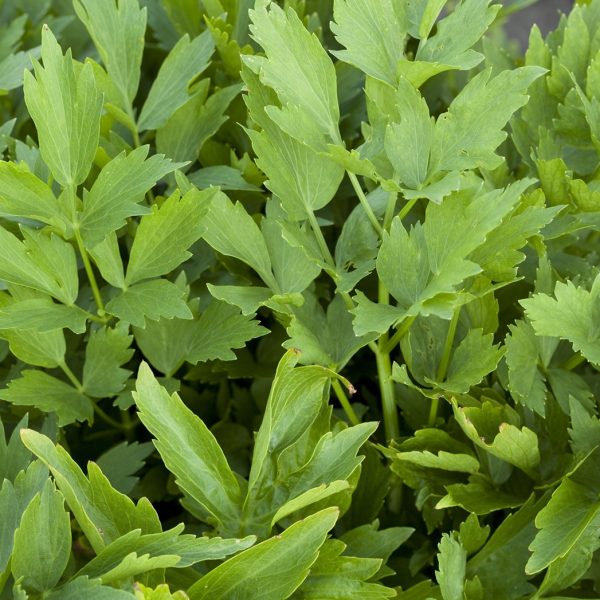-
How does it feel?
Asafoetida is a herbaceous plant from the Umbeliferae family. The part of the plant used for medicinal purposes is the extracted oleo gum resin obtained from the plants roots. This plant is native to central Asia, eastern Iran and Afghanistan. It is primarily grown in Iran and Afghanistan. The roots of this plant can grow up to 15cm in diameter and, just before the plants flower in March and April, the roots are cut into sections so that a milk like juice can exude from them. The white juice is periodically collected and then dries into the dark amber gum-like resin that we now associate with this plant.
-
What can I use it for?
Asafoetida is highly effective at cleansing deep seated heat and congestion throughout the body. Its pungent constituents enable it to clear toxic accumulations in the digestive, reproductive and nervous systems. Asafoetida is a superb anti-spasmodic used to halt intense spasmodic pains, proving particularly effective in the digestive, nervous and respiratory systems.
-
Into the heart of asafoetida
 Asafoetida has a long traditional history as a medicinal herb in Ayurveda and is a major ingredient in a digestive formula called ‘hingvastakacurna’.
Asafoetida has a long traditional history as a medicinal herb in Ayurveda and is a major ingredient in a digestive formula called ‘hingvastakacurna’.Its sharp, hot and unctuous properties helps to clear the digestive tract, treating bloating, flatulence, colic and undigested food in the stools. These characteristics also make asafoetida useful for stagnations within the nervous system, particularly where they have been influenced by exhaustion or blockages. Similarly, in both the male and female reproductive systems, conditions associated with high levels of congestion such as menstrual clotting, delayed menses and also low libido can be successfully targeting by herbs like asafoetida due to its pervading strength and pungency.
Asafoetida addresses flora imbalances in the gut, especially Candida albicans and worms. Its hot quality strengthens the digestive fire, boosting metabolism and efficiency. However, due to its pungent and heating nature it may aggravate a highly sensitive digestive tract.
Asafoetida is an excellent anti-spasmodic in the digestive and respiratory systems, indicated in cough, asthma, cramps and intestinal spasm. It is of benefit in conditions such as paralysis, sciatica and epilepsy as it nourishes a congested nervous system.
The stimulating properties of asafoetida indicate it in cardiac pain, to help remove any potential obstructions and congestion that may be exacerbating pain levels.
Asafoetida has a powerful influence on the menstrual cycle. It can specifically clear leucorrhoea and any associated congestion in addition to having a beneficial effect on ovulation and menstruation through warming the uterus and preventing spasms.
As a hot and stimulating herb, asafoetida is excellent for cold and sluggish conditions such as low libido and impotence. It can also benefit infertility from when there is a congested uterus.
-
Traditional actions
Herbal actions describe therapeutic changes that occur in the body in response to taking a herb. These actions are used to express how a herb physiologically influences cells, tissues, organs or systems. Clinical observations are traditionally what have defined these actions: an increase in urine output, diuretic; improved wound healing, vulnerary; or a reduction in fever, antipyretic. These descriptors too have become a means to group herbs by their effects on the body — herbs with a nervine action have become the nervines, herbs with a bitter action are the bitters. Recognising herbs as members of these groups provides a preliminary familiarity with their mechanisms from which to then develop an understanding of their affinities and nuance and discern their clinical significance.
-
Traditional energetic actions
Herbal energetics are the descriptions Herbalists have given to plants, mushrooms, lichens, foods, and some minerals based on the direct experience of how they taste, feel, and work in the body. All traditional health systems use these principles to explain how the environment we live in and absorb, impacts our health. Find out more about traditional energetic actions in our article “An introduction to herbal energetics“.
Ayurvedic energetics
Western energetics
-
Did you know?
Asafoetida is also known as ‘Devil’s Dung’ due to its omni-pervasive sulphurous smell! It is best stored in an airtight container away from other aromatic herbs as its smell spreads everywhere. It’s not known as ‘devil’s dung’ for nothing! It is usually blended with flour or maize to be used as a powder in cooking.
Additional information
-
Safety
No drug herb interactions are known.
-
Dosage
Use a low dose – 100mg to 1g/day or 1-3ml/day of a 1:3 at 75% tincture




























 Asafoetida has a long traditional history as a medicinal herb in Ayurveda and is a major ingredient in a digestive formula called ‘hingvastakacurna’.
Asafoetida has a long traditional history as a medicinal herb in Ayurveda and is a major ingredient in a digestive formula called ‘hingvastakacurna’.




